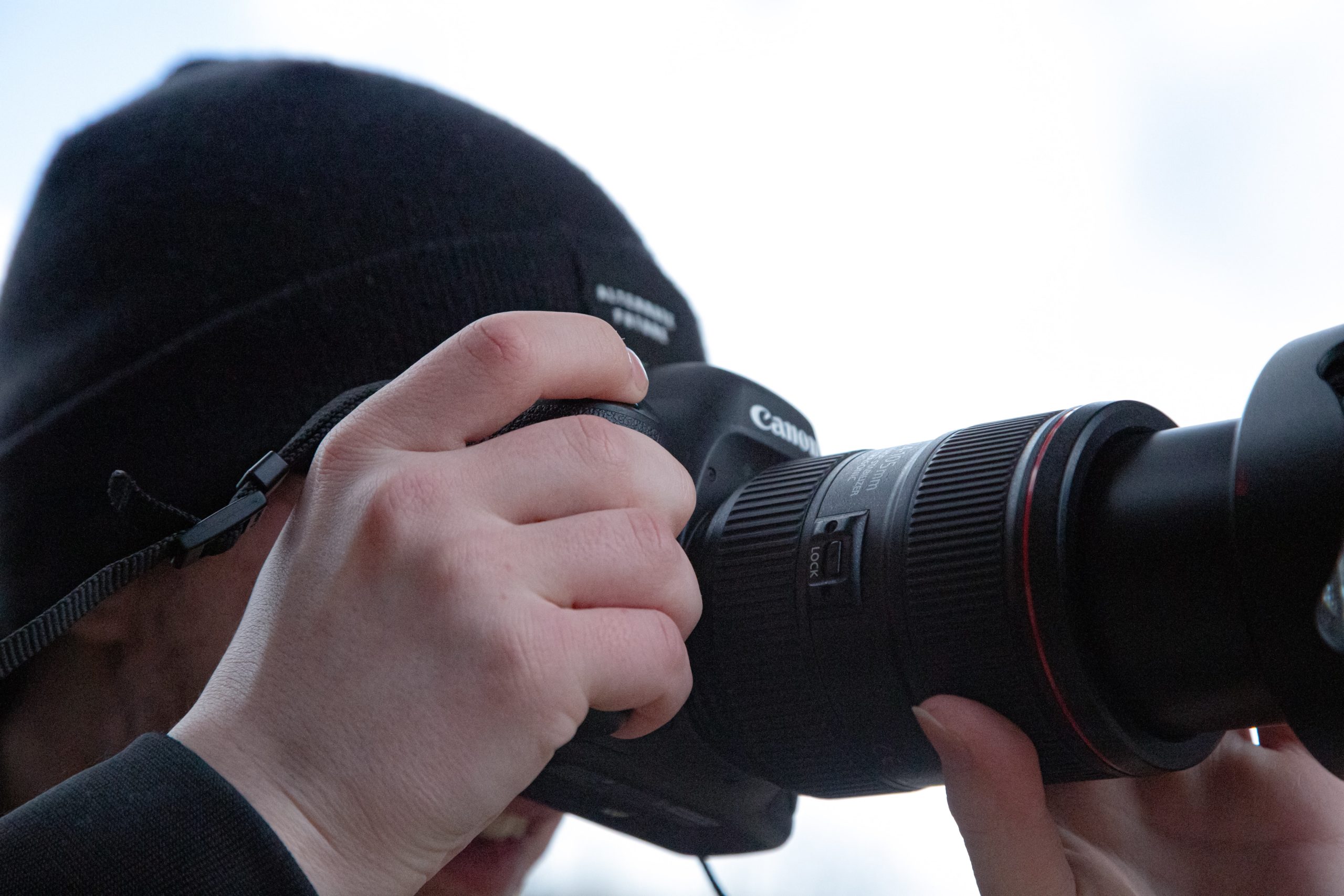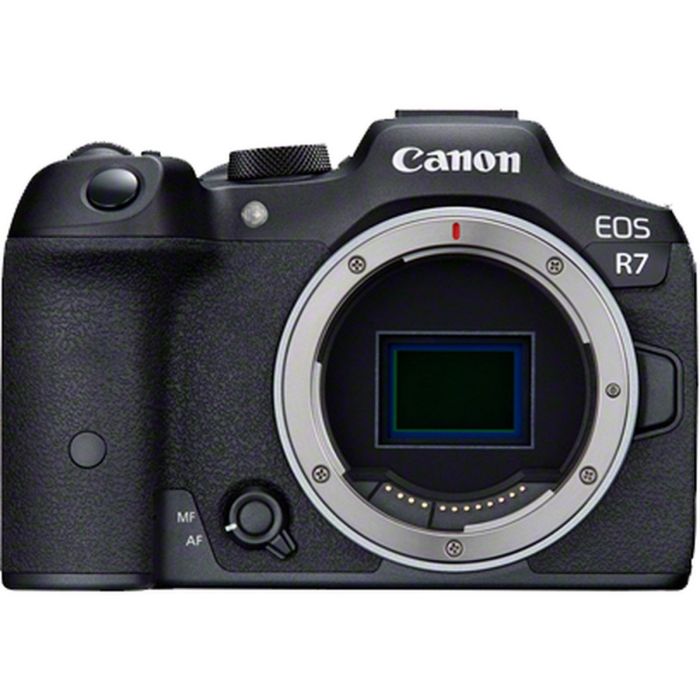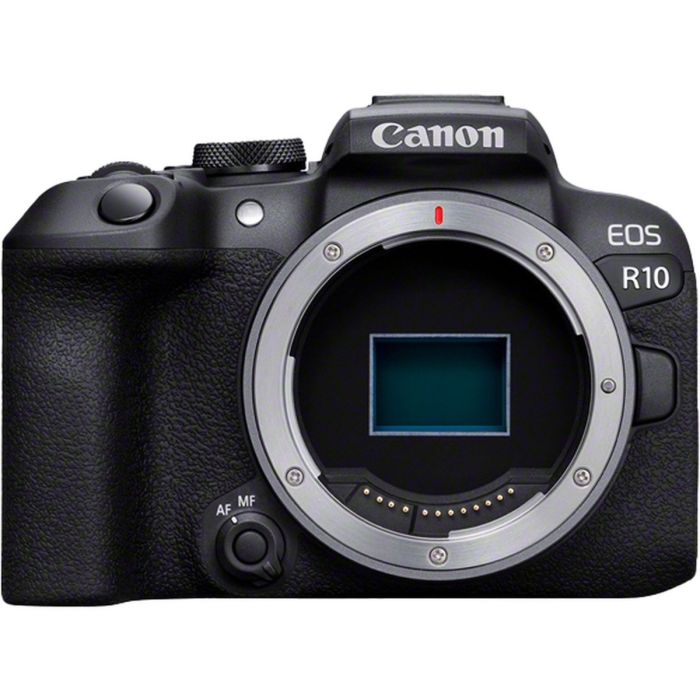New Canon Camera Releases: Everything you need to know about the EOS R7 and R10
This entry was posted on June 17, 2022.

Canon has just released two brand new EOS models, and they’re set to shape the future of photography in a big way. These are the first two APS-C cameras in their RF mirrorless mount.
Both cameras are 4K/60 capable cameras that can shoot at 15 fps with a mechanical shutter and share an impressively powerful and simple AF interface. For all that they may seem to be one of the same, they’re actually very different in many ways. Addressing the growing need to shoot both video and stills, EOS R7 and EOS R10 can shoot video in 4K 60pᵛᶦᶦ or 4K 30p, which is down-sampled from 7K and 6K, respectively, for the highest possible image quality.
The launch of APS-C format EOS R System mirrorless cameras furthers Canon’s commitment to offering greater freedom of choice to a broader group of photographers. The two cameras bring all of the benefits of the EOS R System to the popular APS-C image sensor format. The APS-C format offers significant benefits for photography enthusiasts and content creators alike.
Canon EOS R7 Key Features
- 5 -megapixel APS-C sensor
- 15fps continuous mechanical shutter, 30fps with electronic shutter
- Deep Learning and Dual Pixel CMOS AF II
- 4K 60p and oversampled 4K 30p video from 7K
- Up to 8-stops In-Body IS (IBIS)
- Fitting: Canon RF
- Resolution: 30-35MP
- "In Body" Image Stabilisation
- Electronic Viewfinder (EVF)
- Multi-angle rear LCD screen

Canon EOS R10 Key Features
- 2 -megapixel APS-C sensor
- 15fps continuous mechanical shutter, 23fps with electronic shutter
- Deep Learning and Dual Pixel CMOS AF II
- 4K 60p (cropped) and oversampled 4K 30p video from 6K
- Movie Digital IS
- Fitting: Canon RF
- Sensor Size: APS-C Sensor
- Electronic Viewfinder (EVF)
- Multi-angle rear LCD screen
- Touch Screen Control

Canon EOS R7 and R10 resolution and shooting rate
The most significant difference between the two cameras is that the less expensive EOS R10 has a 24MP sensor, while the EOS R7 has a 32.5MP chip. Both sensors are distinct from the ones used in the Rebel T8i/ EOS 850D and the EOS 90D, and in both instances, the new Rs promise to be significantly faster.
The new sensors and Digic X processors allow the R10 to shoot at up to 23fps in e-shutter mode, while the R7 can deliver 30fps. There's a significant rolling shutter in both instances, which means the shared 15fps burst rate in mechanical shutter mode is more applicable for a wider range of shooting techniques.
The R7 offers a much larger buffer than the R10, making it a more competent action camera. The R7 can shoot around 100 C-Raw images at 15 fps, whereas the R10 manages only 30 frames (2 seconds).
While both mechanical shutters can operate at 15fps, the R10 can only deliver a maximum shutter speed of 1/4000 sec, compared with the R7's 1/8000 sec. The R7 can also close its shutter when the camera is turned off to reduce getting to the sensor as you change lenses.
Lenses for Canon EOS R7 and R10
Both the EOS R7 and R10 allow users to trial Canon’s huge range of RF lenses. They can also be used with EF and EF-S lenses with adapters for a seamless transition from DSLR and mirrorless. We’re offering a free EF to RF mount adapter while stocks last. Expanding the RF lens series, which currently has a total of 26 lenses ranging from 5.2mm to 1200mm, Canon is launching two new RF-S kit lenses, to provide even more lightweight and versatile options for the EOS R7 and EOS R10.
- The RF-S 18-45mm5-6.3 IS STM and RF-S 18-150mm F3.5-6.3 IS STM. Offering a 35mm equivalent focal length with optical IS, they are perfect for shooting everything from landscapes and portraits to food and vlogs.
- The RF-S 18-45mm F4.5-6.3 IS STM is the ideal multi-purpose lens for everyday shooting, thanks to its compact design and lens-retraction mechanism which makes it perfect for travelling around. With a manual focus override and lead screw-type STM for smooth, quiet movie autofocus, it is an essential lens for everyday photography and capturing video content.
- The RF-S 18-150mm5-6.3 is a high magnification zoom lens covering wide-angle to telephoto lengths, and it’s capable of a maximum magnification of 0.59x in MF mode to explore macro photography in everyday scenes.
Canon EOS R7 and R10 Connectivity
In terms of connectivity, the cameras differ slightly. The R7 has a USB 3.2 Gen 2 (10 GBit/s) port, but while the R10 also has a type-C socket, its port uses the older USB 2.0 (480 MBit/s) style port. Both cameras can be powered or charged over these USB ports.
The EOS R7 also has a headphone socket, which the R10 lacks, so you'll need the more expensive camera if you want to check the audio levels and monitor for background distractions as you're recording.
Another difference is that, while both cameras can use wired and wireless remotes, the R7 also has an infrared sensor to allow its use with IR remotes such as the Canon RC-6.
To provide the ultimate creator set-up, the EOS R7 and EOS R10 are fitted with the new multi-function accessory shoe – a first for EOS APS-C models - which supplies power and high-speed communication to advanced new accessories.
The R7 and R10 allow creators and photographers to share, store and sort their work easily. Both cameras have enhanced connectivity with Wi-Fi and Bluetooth™. Creators can upload content to their final destination via image.canon and control the camera via the Camera Connect app via a compatible USB Type-C cable or wireless connection.
For live streamers, both offer clean HDMI output for streaming and streaming to YouTube via image.canon. Users can now directly upload RAW files to Canon’s new Cloud Image processing service on image.canon, which applies Neural network image processing to further enhance image quality from a RAW file.
Ready to buy, or do you need more information? Our advisors are always happy to help. They’re all passionate about photography and will discuss anything camera related without hesitation. Visit one of our stores in London, Essex or Stevenage or get in touch online. We offer great prices on part exchange and trade-in too.





